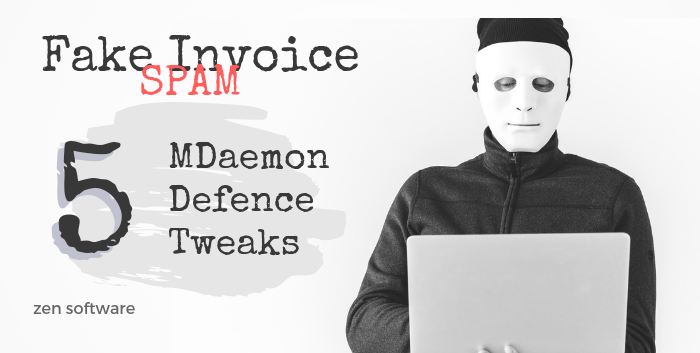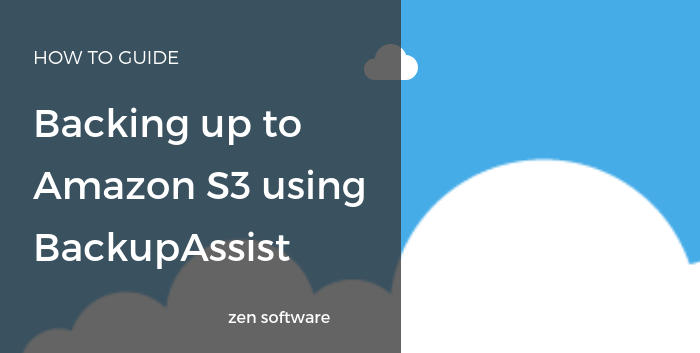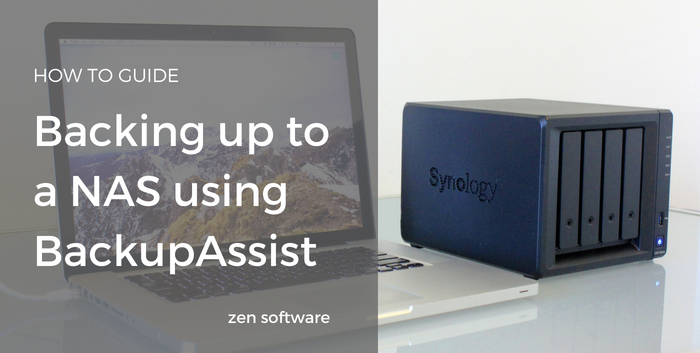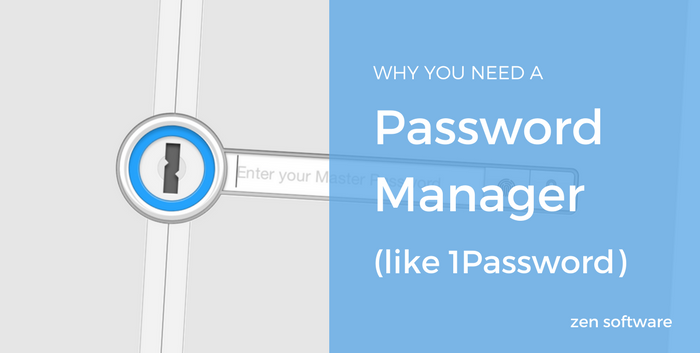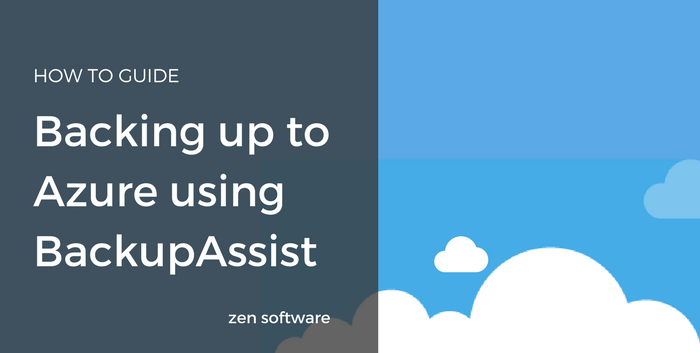On-site or off-site backup.
Which is right for your business?
When you're thinking about the backup approach that best fits your small business, committing solely to one option is unlikely to be the silver bullet you might like.
However, your choices may not be quite as binary as you could be led to believe either.
What if there was a way to keep a local backup for really quick recovery of files, applications, and servers, that also combined the security and reliability of a cloud giant like Amazon?
Enter BackupAssist and the Cloud Backup Add-on!
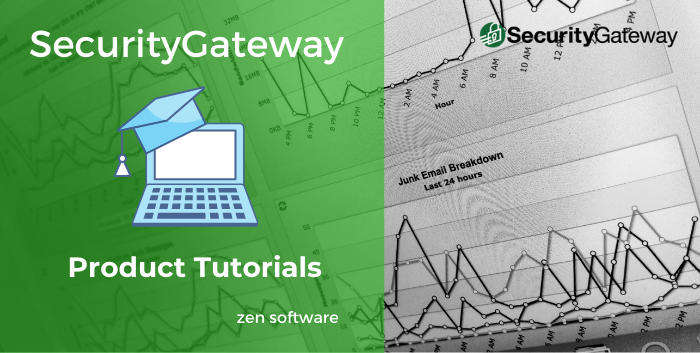 If you are new to SecurityGateway or indeed have been using it for years, there is always something new to learn about the software. With the fantastic help from Brad Wyro over at MDaemon there is now a selection of tutorial videos you can sit back and watch in your lunch break to get up to speed on the product.
If you are new to SecurityGateway or indeed have been using it for years, there is always something new to learn about the software. With the fantastic help from Brad Wyro over at MDaemon there is now a selection of tutorial videos you can sit back and watch in your lunch break to get up to speed on the product. 

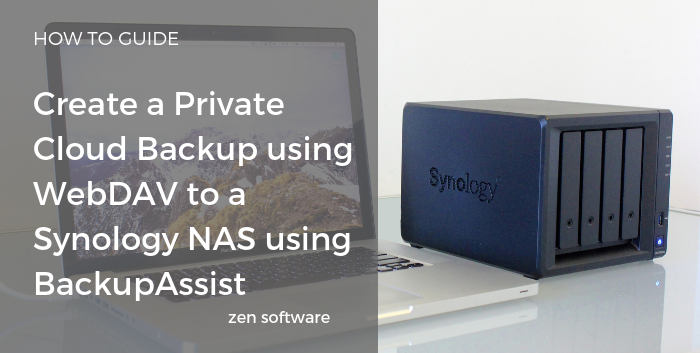 If you are looking for an efficient way to backup files, folders or application data to remote locations the BackupAssist Cloud Backup Engine is the ideal solution. Destination choices include the ability to use any
If you are looking for an efficient way to backup files, folders or application data to remote locations the BackupAssist Cloud Backup Engine is the ideal solution. Destination choices include the ability to use any 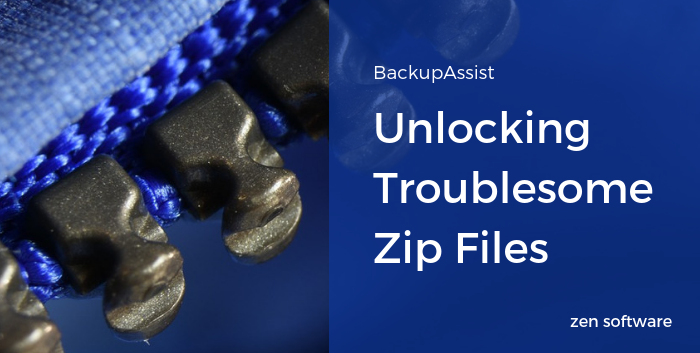 Since the introduction of GDPR and related regulations an increasing number of BackupAssist customers are looking to tighten up security on their backups especially backups using the File Archiving engine by enabling encrypted zip backups.
To help meet these requirements the BackupAssist developers have increased the privacy of encrypted File Archiving backups in BackupAssist 10.4.
Since the introduction of GDPR and related regulations an increasing number of BackupAssist customers are looking to tighten up security on their backups especially backups using the File Archiving engine by enabling encrypted zip backups.
To help meet these requirements the BackupAssist developers have increased the privacy of encrypted File Archiving backups in BackupAssist 10.4.
